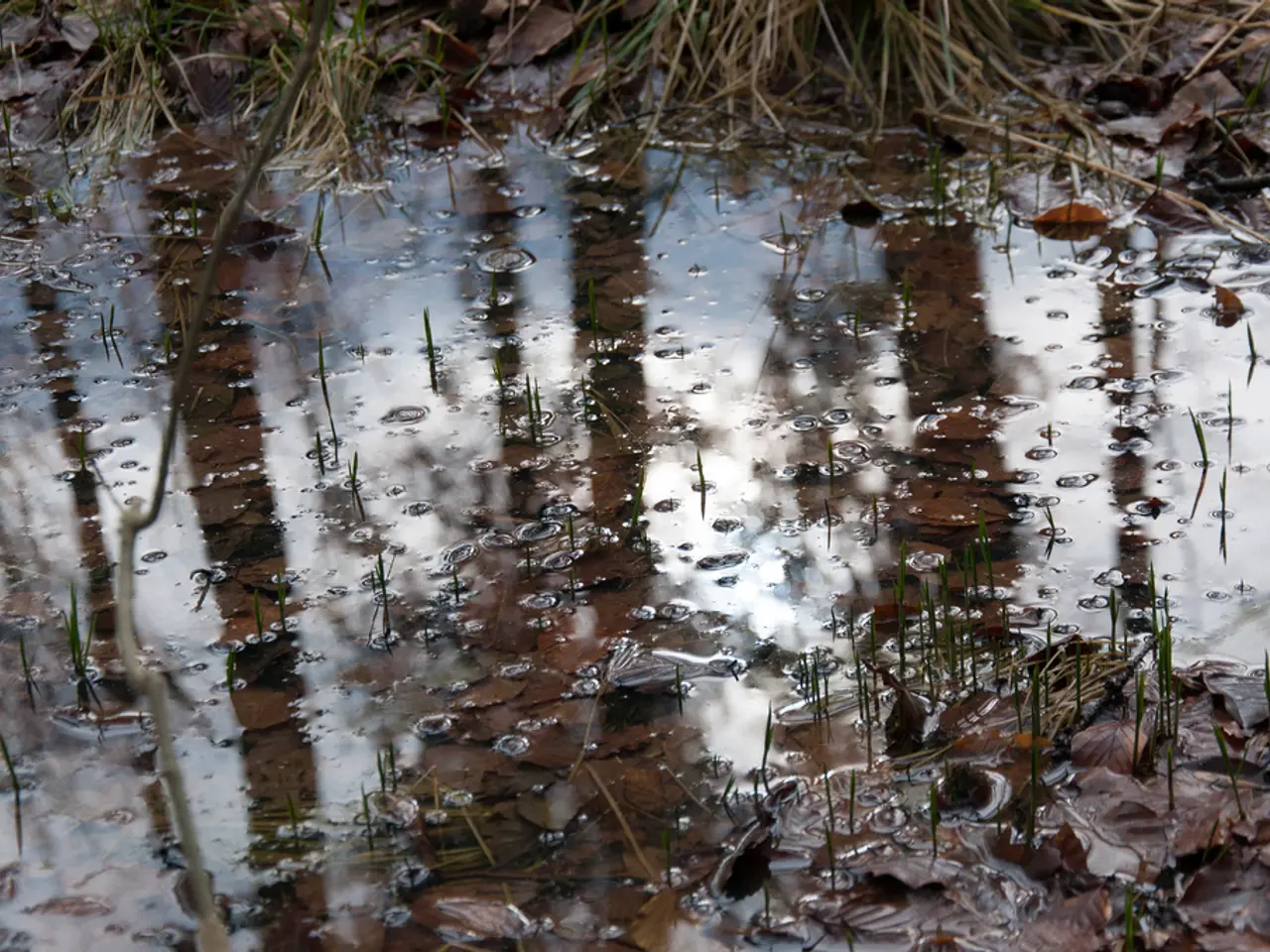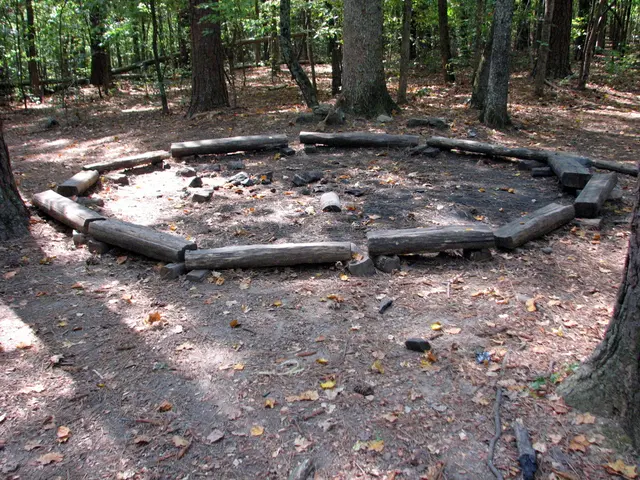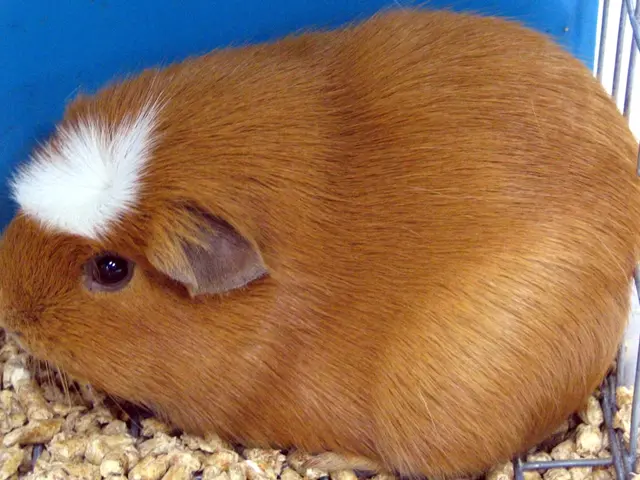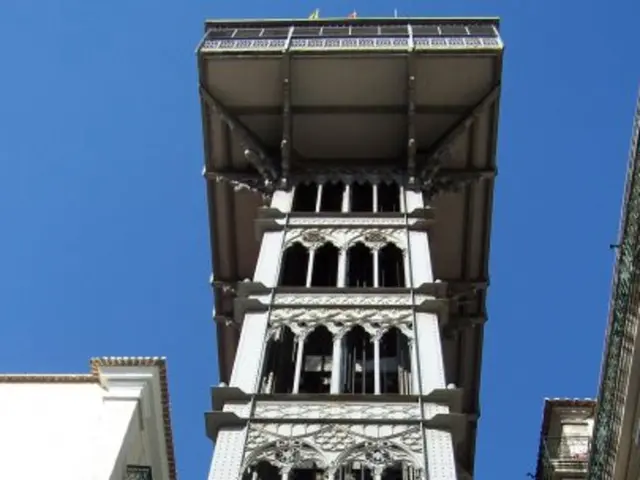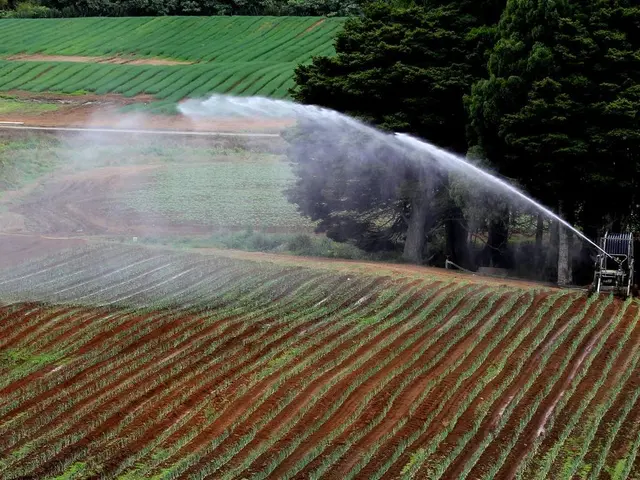Microplastics discovered in the boreholes of Contrex and Hépar
In a shocking revelation, Nestlé is facing criminal proceedings in Épinal, France, scheduled for November 2025, over allegations of illegal plastic waste disposal and the subsequent microplastic pollution in two of its mineral water brands, Contrex and Hépar.
The investigation, led by environmental authorities such as the French Office for Biodiversity (OFB) and the Central Office for the Fight against Environmental and Public Health Offences (Oclaesp), has uncovered wild dumps in the Vosges region, estimated to hold approximately 473,700 cubic meters of discarded plastic bottles. These dumps, hidden beneath soil without proper land impermeabilization or percolation monitoring, have led to microplastic concentrations in the waters used by Nestlé up to 1.3 million times higher than levels found in typical rivers and lakes.
According to the investigation report, the pollution is linked to unlicensed plastic waste disposal sites, which are the alleged source of this extreme microplastic contamination leaching into the groundwater used by Nestlé's water sources. Analysis results from excavations and water samples taken in June 2024 show 515 microplastic particles per liter for Hépar and 2,096 for Contrex.
The public ministry accuses Nestlé of carrying out management acts without any prefectural authorization, and the company is prosecuted for managing the dumps without a permit and for polluting by allowing large quantities of microplastics to flow into natural environments.
However, Nestlé denies these allegations, claiming independent testing detects no such contamination and asserting that most of the illegal dumps have been cleaned up. The company is waiting for recommendations from public authorities for remedial measures for the more complex sites.
The environmental impact of this pollution is severe. The contamination threatens aquatic life and potentially human health due to the microplastics' pervasive presence in the bottled water. The pollution has also resulted in the severe pollution of groundwater and surrounding ecosystems.
The public scrutiny and calls for accountability regarding long-term environmental damage and microplastic pollution from Nestlé's activities in France have intensified. Bernard Schmitt, president of the environmental association Eau 88, finds the situation alarming, particularly as the prefecture has authorized Nestlé Waters to carry out exploratory drillings for the brand Hépar, without an environmental impact study, and located in the immediate vicinity of the illegal dump of They-sous-Montfort.
Despite the court's findings not establishing a direct link between the concentrations found in the wells and those of the bottled waters, the lack of thorough investigation prevents the establishment of a definitive connection. The investigation continues, and scientific research is multiplying on the harmful effects of microplastics on health, but regulations do not provide any threshold or obligation to control microplastics in waters intended for human consumption.
References:
- Le Monde
- FranceInfo
- Le Figaro
- Le Parisien
- RFI
Read also:
- Finance Management Organization (FMO) secures €130 million syndicated loan for QNB Leasing in Turkey
- Industrial blasts at US Steel facility in Pennsylvania claim one life, one person is unaccounted for, and ten individuals suffer injuries
- Marine Protected Area of Apo Island
- London Stock Exchange welcomes first East African sustainability bond listing
